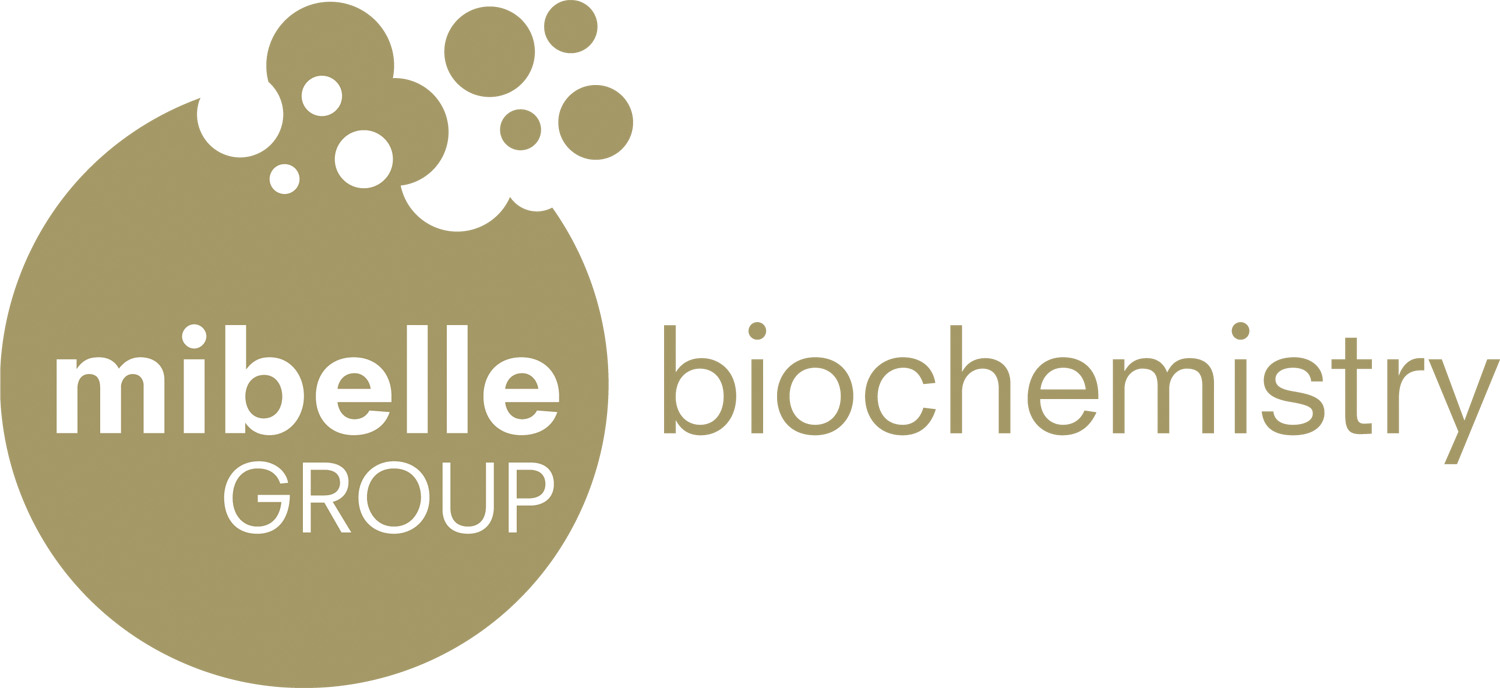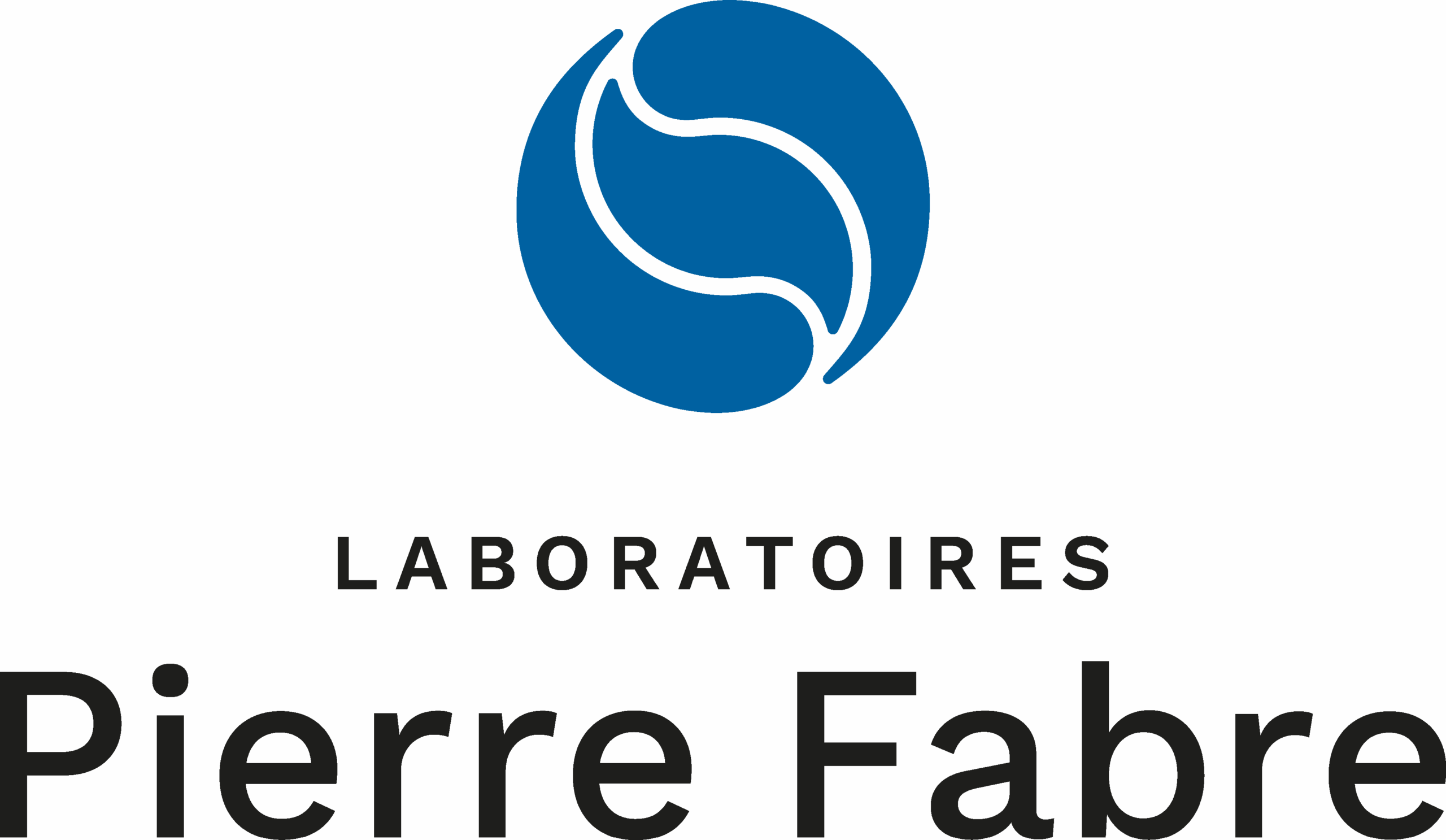Programme – International Symposium SFC 2025
COSMETIC SCIENCE
Shaping the future
Tuesday 2nd of December – morning

08:50
Welcome Coffee

09:15
Richard LEROUX & Isabelle THUILLIER
President of the SFC / Head of the SFC International Symposium Committee
International Symposium SFC opening address
SKIN BIOLOGY

09:55
Jérôme LAMARTINE
Laboratoire de Biologie Tissulaire et Ingénierie thérapeutique (LBTI)
Deciphering the Non-coding-RNA Networks in Epidermal Homeostasis

10:15
Audrey LE MESTR
ASHLAND
Humanin Mitopeptide for Skin Longevity through Nocturnal Mitochondrial Restoration
The role of mitochondria goes beyond traditional powerhouse with strong implication in longevity. Mitofusion & mitophagy are both implicated in mitochondrial restoration occurring preferentially during sleep. With aging, their decline led to increasing senescence….

10:35
Yuki MIZUTANI
KOSÉ Corporation
Our Insights into the Mechanisms of Age Spots: Toward Even Skin Tone and Well-Aging
Age spots and uneven skin tone are hallmarks of aging and common concerns among people of various ethnicities. These are caused by intrinsic and extrinsic factors such as hormone, age, and UV. Mainly, age spots such as Solar lentigo is a hyperpigmented disorder caused by chronically sun-exposed skin…

10:55
Eva BÖNZLI
MIBELLE BIOCHEMISTRY
Pyroptosis – A Promising Target to Improve Self-esteem by Reducing Skin redness
Pyroptosis, a caspase-1-dependent form of programmed cell death, is increasingly recognized as a central inflammatory mechanism in various chronic diseases, including dermatological conditions. In skin, pyroptosis contributes to barrier dysfunction, vascular inflammation, and innate immune activation- key features of couperose and rosacea, which are characterized by persistent erythema and visible blood vessels…

11:25
Break Buffet (30 min) sponsored by

11:45
Blanca MARTINEZ-TEIPEL
LIPOTRUE
An Innovative, Computationally Designed Peptide that Targets mTORC1, Enhances Autophagy and Safeguards against Senescence
Autophagy is a critical cellular mechanism that enables the breakdown and recycling of cytoplasmic material through lysosomes. It is activated during nutrient deprivation, such as caloric restriction, and plays a key role in cellular maintenance by removing damaged components…

12:05
Lucie TOURNIER-COUTURIER
GATTEFOSSÉ
New Bioinspired Innovation to Boost Skin Resilience through Dynamic Regulation of Skin Tissue
As climate change impacts our environment and skin, the demand for adaptive skincare solutions is rising. In this context, skin must become resilient and adapt with agility. In Nature, many species adapt efficiently using select strategies to optimize their protection…
OPEN INNOVATION

12:45
Philippe PAPADIMITRIOU
COSYSTEMS
Engineering Intelligent Pathways: Closing the Distance
Tomorrow’s breakthroughs in skincare science will surely be driven by new technologies involving the deliberate choreography of complex biological systems mostly unbeknownst to the cosmetic industry today, far beyond the usual physiological pathways addressed…

14:00
Networking Lunch (1h15) sponsored by
Tuesday 2nd of December – afternoon
NEW TOOLS

14:40
Coralie EBERT
AI Computational Biology Expert / MENOW
From Molecule to Miracle : the Transformative Role of AI in Cosmetic Ingredient Discovery
Artificial Intelligence (AI) is rapidly reshaping the landscape of cosmetic science—from trend forecasting to personalized skincare recommendations. But perhaps its most revolutionary impact lies beneath the surface : in the discovery and development of new bioactive ingredients…

15:00
Arthur DERVILLEZ
LORETTA
Quantitative Nanoscale Topography of Skin Cells for Cosmetic Product Assessment using Atomic Force Microscopy

15:20
Cécile NAIT
BIOHIVE
Skin Organoid : toward a more Human Approach of Dermatology
Human skin organoids, generated from pluripotent stem cells, reproduce key biological features of skin, including dermis, epidermis, fair follicle, sebaceous gland, sensitive neurons and adipocytes. These 3D self-organized tissues offer a powerful and ethical alternative to conventional reconstructed models and animal testing, enabling more predictive evaluation of active ingredients and their mechanisms of action…

15:40
Julien CHLASTA
BIOMECA
Mechanical decline of Skin Stem Cells: How the Exposome undermines Epidermal Vitality
The maintenance of epidermal vitality relies on the mechanical identity of interfollicular stem cells (ISCs) within their dermal papillae niche. With advancing age and exposure to environmental stressors — collectively termed the exposome — this niche undergoes profound remodeling…

16:00
Vincent DANI
EXADEX-INNOV
3D Vascularized Ex vivo Human Tissue Models reveal Body Site-specific Characteristics for Dermo-cosmetic Ingredient Evaluation
Facial skin has distinct features compared to other body regions, and its layers undergo critical changes with aging and stress. These alterations contribute to cosmetic concerns such as dark circles, under-eye fluid accumulation, and loss of firmness…

16:30
Break Buffet (30 min) sponsored by
NEW RESSOURCES

16:50
Silvia BENITO-MARTINEZ
PROVITAL
A Novel Platform for the Discovery and Biotechnological Production of Plant Endophytes as a Source for Cosmetic Actives
Endophytes are symbiotic microorganisms living within plant tissues that produce bioactive compounds to help plants manage stress. This unique ability, combined with their controlled cultivation, makes them an ideal source for innovative, traceable, and sustainable cosmetic ingredients…

17:10
Estelle LOING
NAEMOS
Precision Indoor Farming & Elicitation: A Sustainable Revolution for High-Performance Cosmetic Active Ingredient
As the cosmetic industry transitions toward a future where sustainability and high performance are inseparable, Næmos pioneers a breakthrough approach combining precision indoor farming (PIF), predictive elicitation, and green extraction technologies, supported by minimal environmental footprint…

17:30
Alejandro LLAMEDO
NALON INNOVA
Exosome-like Nanocarriers: Biomimetic Vesicles for Cosmetic Applications
Exosomes are natural extracellular vesicles secreted by cells, mediating intercellular communication and transporting bioactive molecules. Despite their potential in cosmetics, their translation faces challenges. To address these limitations, biomimetic exosome-like nanocarriers have been developed…

17:50
Lionel MUNIGLIA
UNIVERSITE DE LORRAINE / SENSIENT
Upcycling of Natural Byproducts to produce Original Enzymes through Fungal Cultivation for Natural Colorants Production for Cosmetics
The construction of integrated solutions for the production of virtuous ingredients contributes to shaping an efficient and sustainable future for cosmetic industry which is more and more turning to natural, safe, renewable and ecofriendly products…

20:00
COCKTAIL CHAMPAGNE (2h) sponsored by
Wednesday 3rd of December – morning

08:50
Welcome Coffee

09:00
Isabelle THUILLIER
Head of the SFC International Symposium Committee
Day 2 opening address
MICROBIOTAS

09:40
Patrick VEIGA
INRAE / The French Gut
Gut Microbiome : Health from within
The human gut microbiome and its host have co-evolved in a symbiosis that is essential for health. When this equilibrium is disrupted—through loss of diversity or expansion of pro-inflammatory species—the consequences extend far beyond the gut, impacting multiple organs…

10:00
Alba CICO
CRODA BEAUTY
Body Brains’ Communications: from Gut to Skin, a L. Rhamnosus postiotic to Improve Skin Condition and Holistic Well-being
In our modern life, stress and therefore cortisol release are unavoidable. Cortisol impacts all organs including skin, where cortisol causes skin atrophy, barrier disruption, inflammation and consequently contributes to conditions like acne, eczema, or premature aging. In turn, skin appearance has a direct impact on psychological well-being…

10:20
Elisa CHIQUET
HELLOBIOME
Advancements in Microbiome Data Collection and AI-Driven Models for Skin and Scalp Longevity
Recent advancements in microbiome science are transforming the way we understand skin and scalp health. In this session, we will introduce innovative tools and methods that scale and optimize clinical microbiome data collection, creating large, high-quality datasets that enable new analytical possibilities…

10:40
Emeline DE RUFFRAY
EVONIK
From Dysbiosis to Balance: A Microbial Co-Culture Model Redefining Acne Ingredient Evaluation
Understanding and testing the microbiome interactions of cosmetic ingredients is a complex challenge due to the dynamic nature of skin microbial communities. Traditional in vitro methods often fail to reflect these interactions, while in vivo approaches are costly and subject to individual variability…

11:00
Catherine ZANCHETTA
GIVAUDAN
Dandruff: Understanding Microbial Interabiome for Cosmetic Solutions
Dandruff is a prevalent scalp condition frequently reported by consumers, characterized by oily-yellow flakes and an itchy scalp, often accompanied by inflammation. A primary contributor to dandruff is the overgrowth of Malassezia, a lipid-dependent yeast that thrives in sebaceous areas of the skin…

11:30
Break Buffet (30 min) sponsored by
HAIR & SKIN BIOLOGY (continued)

11:50
Emmanuel COSTE
EXSYMOL
Induction of Autophagy and Adenosine Receptor Activation: the Dual Effect of a Natural Complex on Hair and Scalp Health
Exposome may cause scalp seborrhea and irritation, together with fragile hair, reduced growth, and premature loss. Active ingredients for hair growth often induce scalp side effects, while scalp-protective agents rarely promote hair growth. Autophagy has been described to regulate sebum production while stimulating hair growth…

12:10
Sercan BEYTUR
PHYLOGENE
Quantitative Shotgun Proteomics, an Efficient Tool to Explore Physiological Benefits of Hair Care Products
To investigate the efficacy and mechanisms of action of an anti-hair loss treatment, a proteomics analysis was used to compare the protein expression in hair follicles collected from human volunteers, before (T0) and after 150 days of application (T150)…

12:30
Gallic BEAUCHEF
LVMH RECHERCHE
Effect of White Adipose Tissue Secretions on Human Skin Dermal Cells is Affected by Age
Human skin lays on the white adipose tissue (WAT), the so-called hypodermis, mainly composed of adipocytes that are specialized in storing energy as fat. An important interaction takes place between the adipose tissue and dermal and epidermal skin layers through the release of adipokines, highlighting an endocrine role of WAT…

12:50
Corinne REYMERMIER
BASF
Investigating UV-exacerbated Neurogenic Inflammation for Sensitive Skin care
Sensitive skin (SSK) is marked by thin epidermis, barrier dysfunction and over-reaction to stimuli leading to inflammation. The activation of transient receptor potential vanilloid-1 (TRPV-1) contributes to cutaneous neurogenic inflammation by inducing IL-8 in keratinocytes…

13:50
Networking Lunch (1hr) sponsored by
Wednesday 3rd of December – afternoon

14:05
Isabelle CASTIEL
IFSCC President
Presentation of the IFSCC
OUT OF THE BOX

14:45
Pauline ELIE
Philosopher and scientist
Digital Twins of Human Beings for Cosmetology: Limits and Framing
Originating in object modeling, digital twins have been applied for the last decade to human beings: in cosmetology and dermatology, for instance, the digital twin of the skin enables personalized care or early detection of pathologies…
OPEN INNOVATION / MEDICAL INSPIRATION

15:25
Noël SCHARTZ
Dermatologist & Aesthetic medicine
Other Fields in Cosmetology

15:45
Isabelle ADER
INSERM, LABORATOIRE RESTORE, IHU HEALTH AGE
Identification of Functional Cellular Markers related to Human Health, Frailty and Chronological Age
Aging leads to decline in physiological reserves, an increase in age-related diseases, reduced functional ability and a shortened healthspan. While molecular markers of chronological aging exist, their link to general health and intrinsic capacity (IC), a composite measure of physical and mental capacities, remains unclear…
NEUROSCIENCE – NEUROCOSMETICS

16:05
Joan ATTIA (remotely / en visioconférence)
LMC BY CLARIANT
AI-Driven Design of a New-Generation Tetrapeptide for Advanced Neurocosmetic Applications
The skin is our largest organ and the most densely innervated. The continuous interaction between nerves and the cutaneous system enables responses to injury, regulation of inflammation, and key roles in pigmentation control and facial muscle relaxation…
NEW RESSOURCES (continued)

16:25
Danila FALANGA
ARTERRA BIOSCIENCE
Plant-Based PDRN: Next-Gen Ingredients for Skin and Hair Health
Polydeoxyribonucleotide (PDRN), traditionally extracted from salmon sperm, are DNA fragments with therapeutic potential in regenerative medicine and cosmetics due to its ability to activate the adenosine A2A receptor, promoting tissue repair and regeneration. However, its animal origin raises concerns around sustainability, ethics and production scalability…

16:35
Olivier PAQUATTE & Isabelle THUILLIER
Vice President of the SFC Sciences & Technics Department / Head of the SFC International Symposium Committee
Closing speech of the International Symposium SFC










